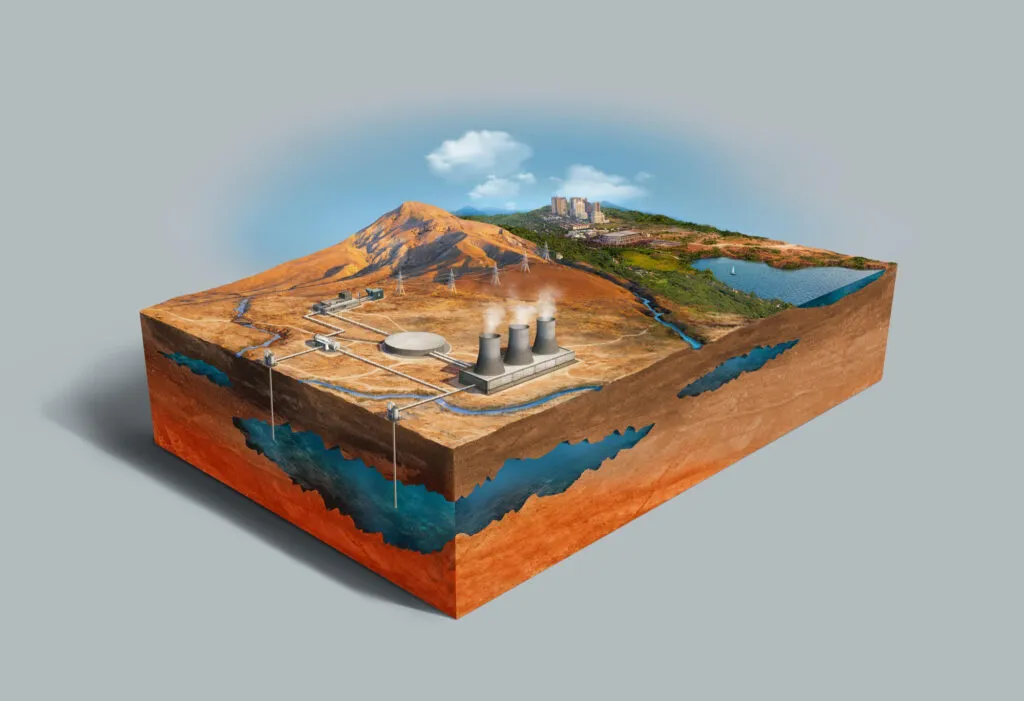
By Lawrence Webb
As the world continues to grapple with the challenges of climate change and the urgent need to reduce greenhouse gas emissions, the search for sustainable and renewable energy sources has become a top priority. Among the various renewable energy sources, geothermal energy has emerged as a promising and reliable option for electricity generation. This article delves into the potential of geothermal energy in electricity generation and how it can contribute to a sustainable energy future.
Geothermal energy is the heat generated and stored within the Earth’s crust. It is a clean, renewable, and virtually inexhaustible source of energy that can be harnessed for various applications, including electricity generation. Geothermal power plants tap into the Earth’s heat by drilling deep wells into geothermal reservoirs, which are typically located near tectonic plate boundaries or volcanic regions. The heat from these reservoirs is used to produce steam, which in turn drives turbines to generate electricity.
One of the key advantages of geothermal energy is its ability to provide a constant and stable source of electricity. Unlike solar and wind energy, which are dependent on weather conditions and time of day, geothermal energy can be harnessed 24/7, regardless of external factors. This makes it an ideal source of baseload power, capable of meeting the continuous energy demands of modern societies.
In addition to its reliability, geothermal energy is also an environmentally friendly option for electricity generation. It produces significantly lower greenhouse gas emissions compared to fossil fuels, and the power plants themselves have a relatively small land footprint. Moreover, the water used in geothermal power plants can be recycled and reused, reducing the overall consumption of freshwater resources.
Despite its numerous advantages, geothermal energy currently accounts for only a small fraction of the global electricity generation mix. According to the International Renewable Energy Agency (IRENA), geothermal power plants generated approximately 92.5 terawatt-hours (TWh) of electricity in 2020, representing just 0.3% of the total global electricity production. However, the potential for geothermal energy is vast, with IRENA estimating that it could provide up to 200 gigawatts (GW) of electricity generation capacity worldwide.
To unlock the full potential of geothermal energy, several challenges need to be addressed. One of the primary obstacles is the high upfront cost associated with the exploration and drilling of geothermal reservoirs. Drilling deep wells can be a risky and expensive endeavor, with no guarantee of finding a viable geothermal resource. To mitigate this risk, governments and industry stakeholders must invest in research and development to improve exploration techniques and reduce drilling costs.
Another challenge is the limited geographical distribution of geothermal resources. While some regions, such as Iceland and the East African Rift Valley, are blessed with abundant geothermal potential, others may not have access to viable resources. To overcome this limitation, advancements in technology, such as enhanced geothermal systems (EGS), could potentially unlock geothermal energy in areas where conventional resources are scarce.
Leave a Reply